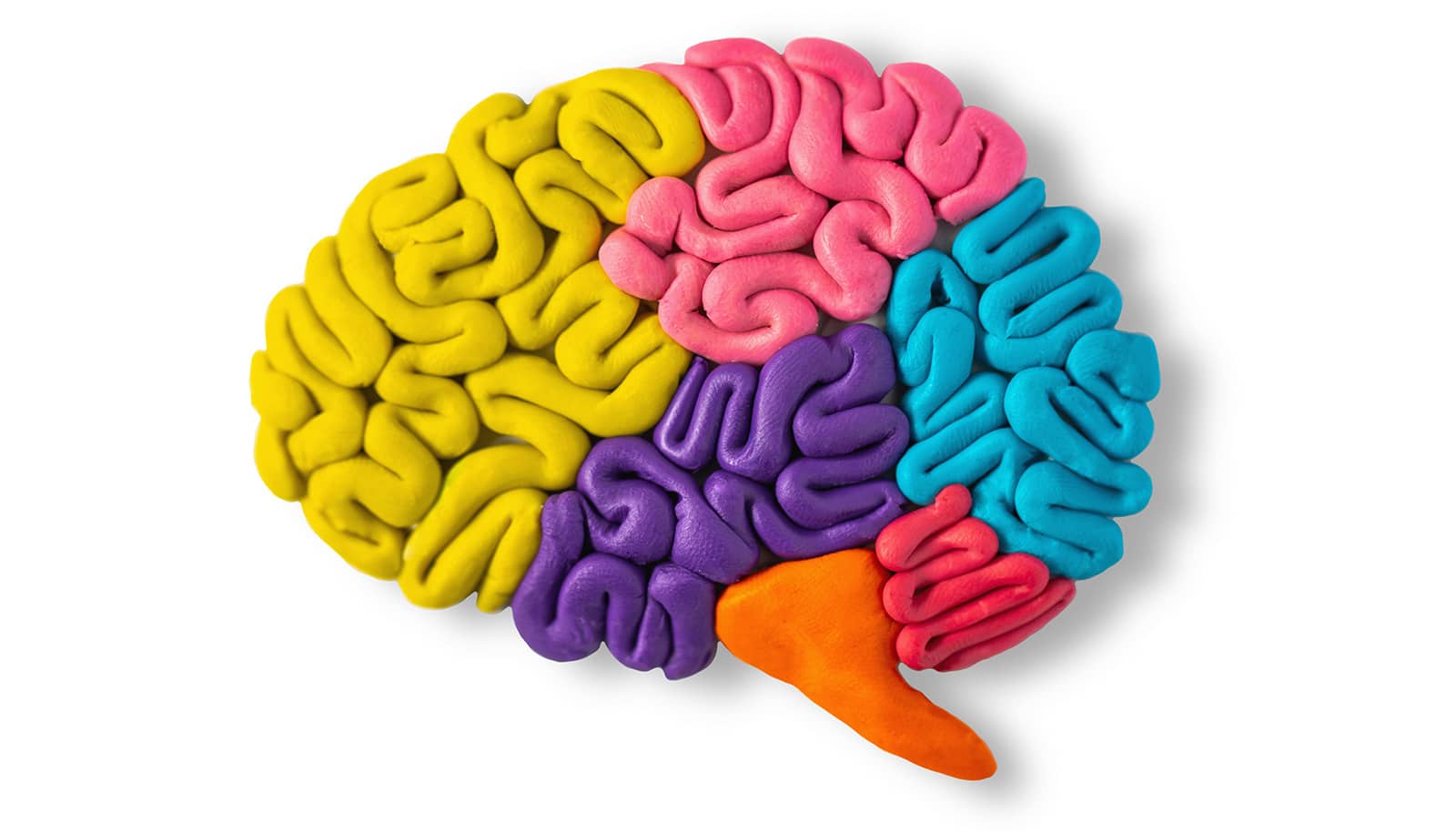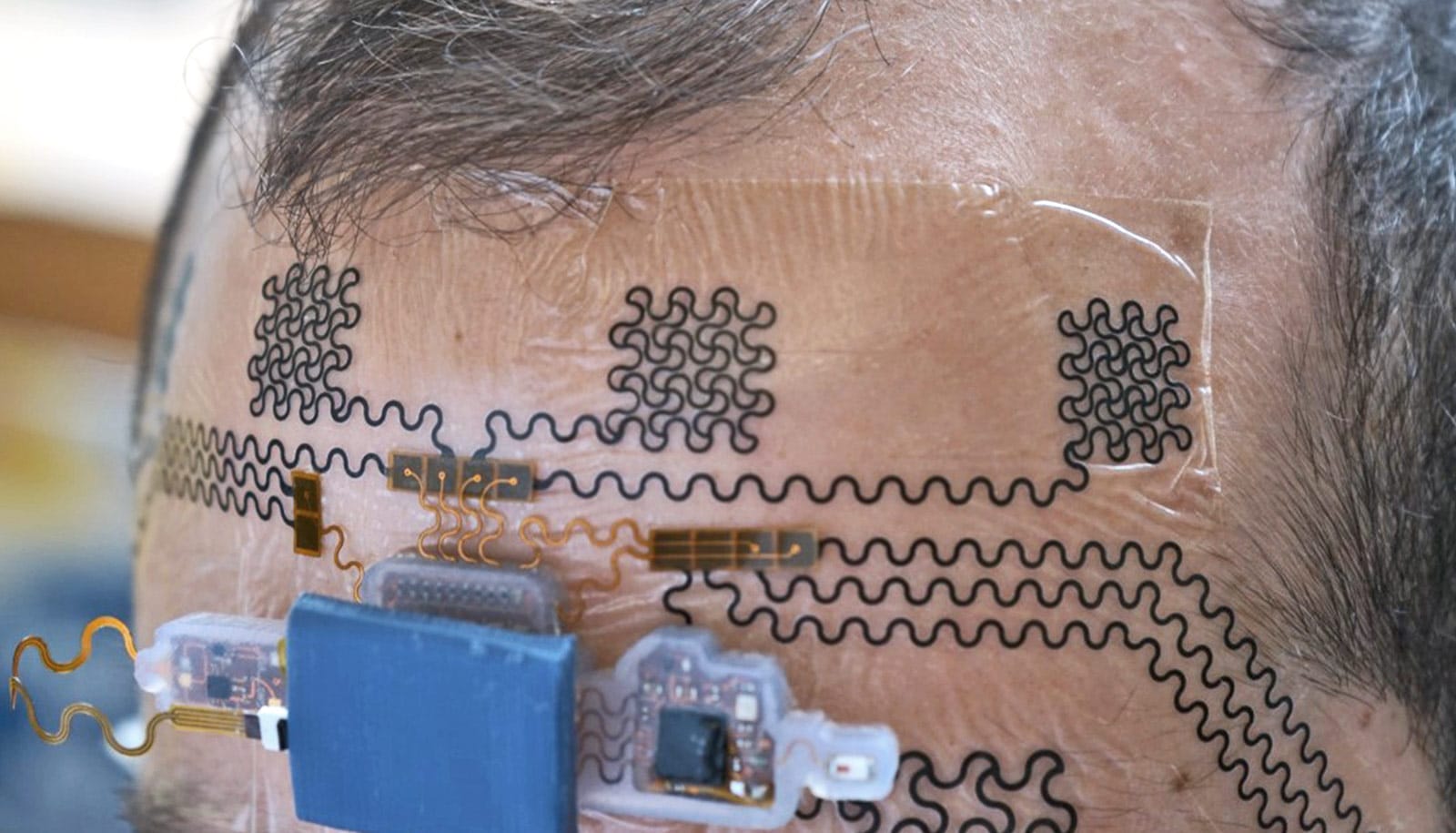New research has uncovered the molecule that stores long-term memories—it’s called calcium/calmodulin dependent protein kinase, or CaMKII for short.
The discovery of the memory molecule resolves one of the oldest mysteries in neuroscience—how do our brains create and retain long-term memories?
“How can a molecule in your brain serve as a memory? How does nature accomplish this?”
The finding also opens up radically new avenues of brain research. One day, by targeting CaMKII, it may be possible to erase the memories that underlie trauma or drug addiction. Though it would raise serious ethical issues, it might also allow us to change our pasts by wiping out recollections of unhappy experiences.
CaMKII has also been found to play a role in Alzheimer’s disease. It’s never been clear if the illness deletes long-term memories or if they remain present, yet inaccessible to recall. A better understanding of CaMKII might clarify this.
“Just like it’s unimaginable that we could understand cells if we didn’t understand DNA, it’s unimaginable that you can understand memory if you don’t know what molecule stores it,” says John Lisman, chair in neuroscience at Brandeis University, whose lab made the discovery.
A memory may feel abstract or immaterial, but it is actually a biochemical process taking place in the brain. It involves neurons communicating with each other via the “wires” or synapses connecting them.
The pathway an electrochemical signal follows as it continually travels from neuron to synapse to neuron constitutes a memory. Whenever you have that memory, the same pathway gets activated. And the more it’s activated, the more it becomes hardwired into the brain’s circuitry. Eventually, it becomes a long-term memory.
Activation also requires enzymes, molecules that set off chemical reactions. The problem is that these enzymes don’t exist for longer than a week. If a memory is to endure, it would seem that the enzymes would have to remain functioning for years or even decades.
Once the enzymes turn off, one would expect the memories to go with them. “This became a holy grail in neuroscience,” Lisman says. “How can a molecule in your brain serve as a memory? How does nature accomplish this?”
Can fond memories prompt smokers to quit?
Starting in the mid-1980s, Lisman began suspecting that the enzyme CaMKII could be the solution to this conundrum.
When a CaMKII molecule stops working, another CaMKII can reactive it. This means there are always lots of CaMKII molecules available to take the place of the CaMKII that’s stopped working. In theory, Lisman reasoned, clusters of CaMKII could recruit replacement molecules without losing their overall function. This would mean the clusters would be, in effect, long-lasting even if their component molecules were constantly changing. “The amazing thing about CaMKII,” Lisman says, “is that once you turn it on, it stays on more or less forever.”
In this sense, CaMKII “stores” memory. It becomes the molecule whose permanence ensures the memory doesn’t fade. Despite numerous other biochemical changes in the brain, it retains a record of what it needs to do to make a memory endure.
Lisman kept plugging away at his research on CaMKII until 2009, when it began to look like he’d been all wrong. Researchers at SUNY Downstate Medical Center claimed to show that another kinase enzyme called PKMzeta was the molecule that stored memories. It garnered international attention.
Lisman didn’t give up, though, and over the next several years, further studies cast doubt on the PKMzeta findings.
Electromagnets act like a scalpel to improve memory
To prove he was right, Lisman performed the same set of experiments with CaMKII as the other group had with PKMzeta. He and his team placed a rat on a rotating platform. Every time the animal passed a designated location it got a small shock. Eventually the animal learned to avoid the shock zone by running in the opposite direction.
Lisman and his team then turned off the CaMKII molecules inside the rodent’s brain. The rat ceased getting off the platform to avoid the shock. The animal’s memory of the location of the shock zone had been erased.
In the model Lisman has developed, the chemical reactions caused by CaMKII work to strengthen the synaptic connections between neurons. Eventually those connections become permanent, creating a chain of neurons and synapses bonded to each other for good. It’s that chain that becomes a long-term memory.
Coauthors of the study in Neuron are from Brandeis and Massachusetts General Hospital.
Source: Brandeis University



